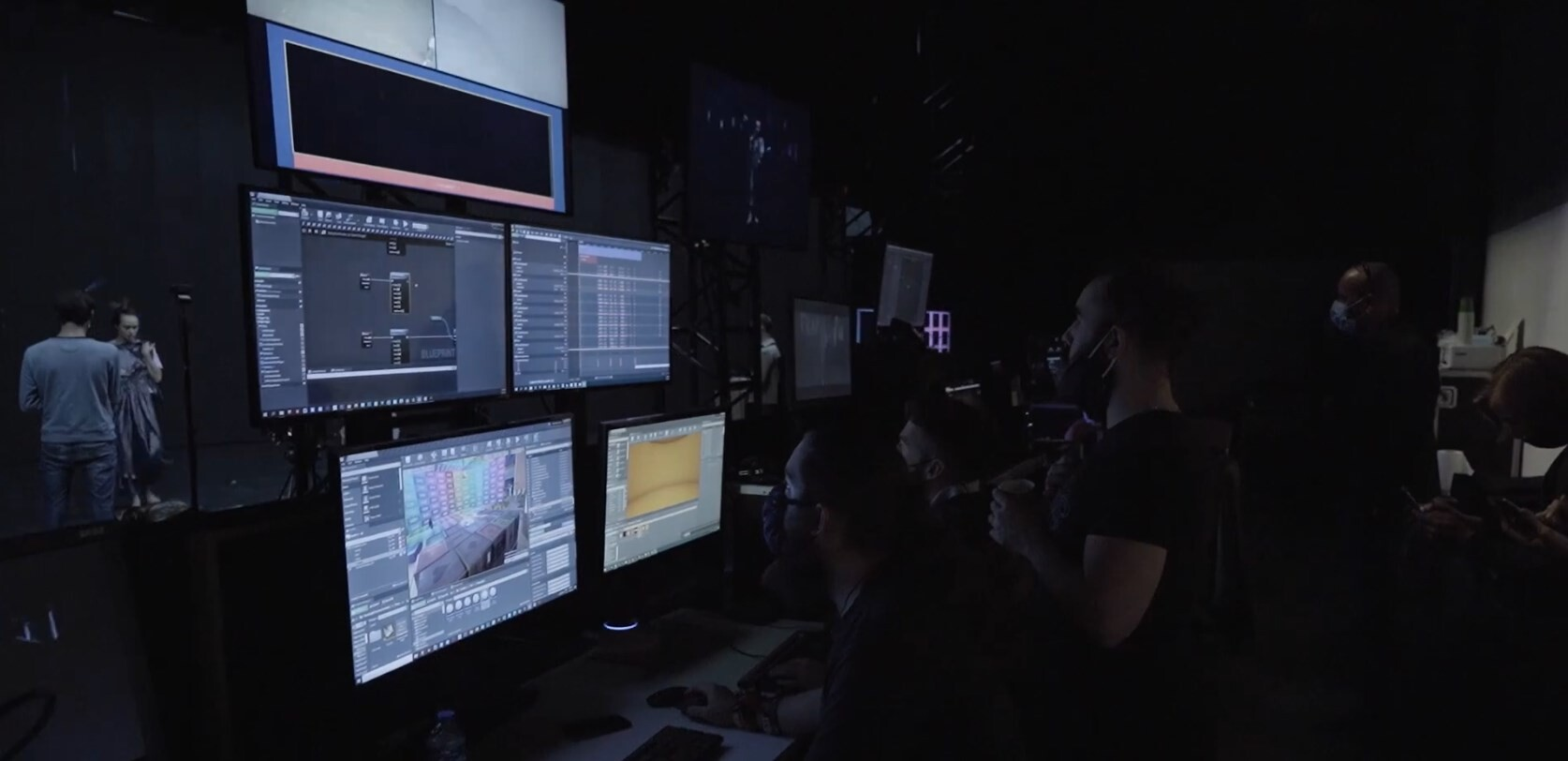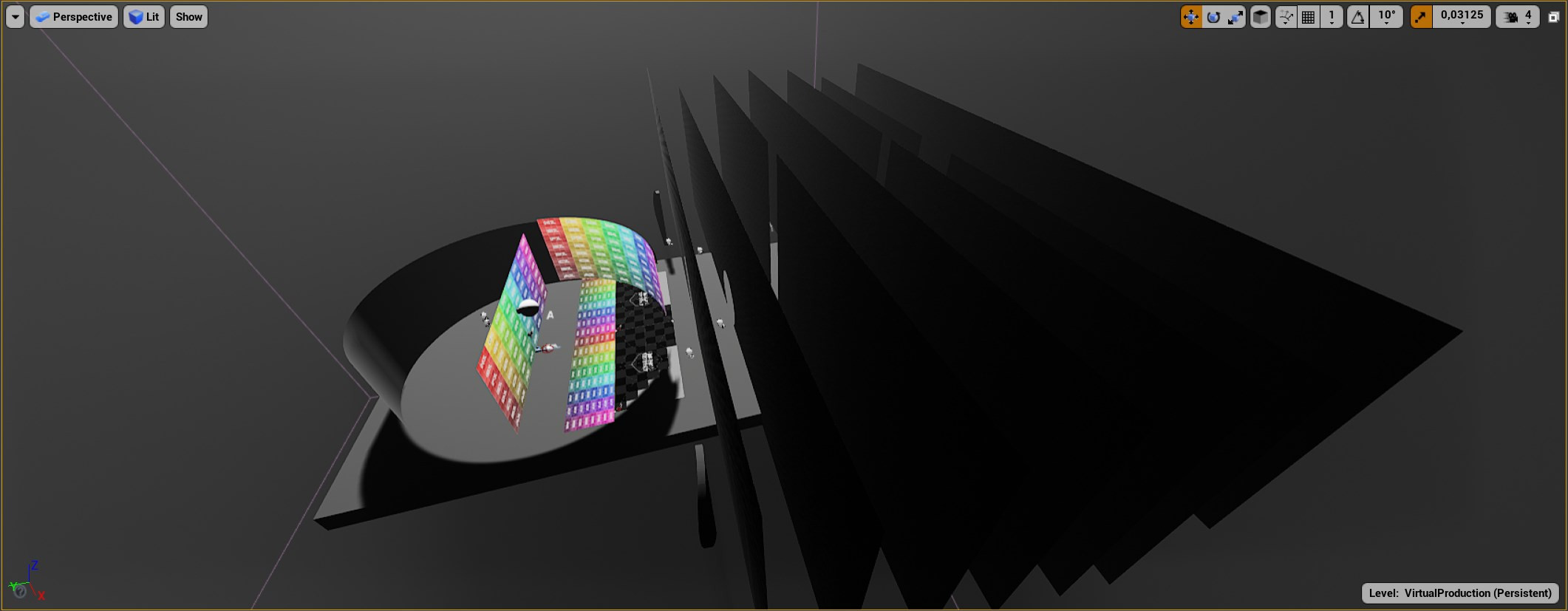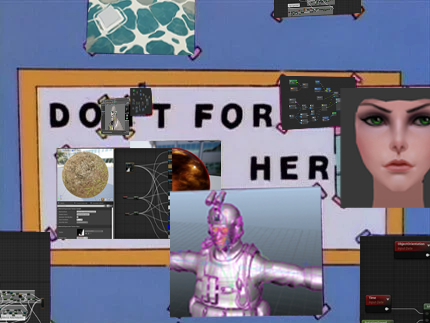The Dos and Don’ts of Freelance Tech Art
In the CGI, 3D and games industry, the demand is rising universally for tech artists. With these insider tips from senior tech artists, invigorate your career, and learn how to prioritize enjoyment, stay motivated and guarantee success as a freelance tech artist.
Header credit:Xavier
Now is the time to invest in your technical artist career.
Demand is at an all time high for the relatively niche field, and as the games development scene begins to concentrate on highly stylized aesthetics to avoid expensive hyperrealism, tech art is becoming more mainstream.
However, the highly technical discipline has one core issue; demand hugely outweighs supply. In the UK alone, “technical artist” is the third most common job title in the games industry, which is reflected globally.
Although working extra hours on top of a full-time job may sound somewhat unappealing, tech artists are beginning to take advantage of these trends. A worldwide lack of specific talent means briefs are increasingly more fun, varied and imaginative, and fiscally, the trade can be extremely lucrative.
So, if you’re a tech artist, and you’re looking to pick up a side hustle, why not start freelancing?

Credit:Xavier
Before you begin…
- Make sure there are no noncompete clauses in your work contract. This is especially relevant if you work in a studio. Be upfront with your HR department and/or lead before going ahead with your freelancing career to avoid legal trouble for both you and your clients.
- Set up a business to represent your freelance services, as well as a dedicated bank account. Use these purely for freelancing transactions expenses, especially if you’re in the US. This makes it way easier to sort taxes.
- Get an accountant (optional). Depending on how confusing your country’s tax law is (ie, the US), this is highly recommended.
- Set up a straightforward payment system. Our key advice? Only accept bank transfer for payments. The likes of PayPal, Cashapp, and many credit card providers incur high, percentage-based fees and can carry dubious legalities. Keep it simple.
- Get some essentials together: a sleek invoice template, a company name and a logo, and brush up your reel/portfolio.Read our advice on how to present your work here.
- Finally, establish at least some social media presence - namely on Twitter (more on these last two below).
Setting your rate
You’re a tech artist! A highlytechnicalskillset deserves the corresponding pay. If you haven’t already, amp up your prices. Senior technical artist Taylor Wright puts it best, “Charge like an engineer! Inflate your prices by 50%. If a client can’t pay it, they’ll let you know.”
Your rate doesn’t need to be static. By offering some flexibility on pricing based on your clients’ situation, you’ll achieve much more fun and varied work. For example, charge your full, inflated rate for big studios. For single developers and indie studios, deflate it a little.

Prepare!
So, you’ve set up your business, your bank accounts and your invoice, all ready to be filled out. Games studios and developers across the world are eagerly waiting to snap you up - but before you dive in deep, prepare these essentials:
- Build a small but mighty social media presence, if you haven’t already. Follow games studios, other freelancers, fellow tech artists, outsource companies and more. Follow anyone you know or have worked for previously, and post your reel and like a few posts.
- Choose a company name, and even design or commission a logo.
- Create an invoice template! Invoices must contain very specific tax and VAT codes, among other important details. Use a one-size-fits-all template and make life easier for both you and your client.
- Brush up on your portfolio or reel.
Money, or Happiness?
We can’t stress it enough; prioritize enjoyment. When it comes to motivation, there is no magic button - and if you’re freelancing outside of work hours, don’t force yourself into working on tasks that don’t inspire you, or with clients that frustrate you.
Not only will this make you unhappy, it will also reflect in your work; slow or untimely deliverables and a drop in quality are the obvious hallmarks of an unmotivated freelancer (they can tell).
Preserve yourself, andalwaysgo with a client who is easy to work with for less money, rather than a bad client with good money. Determine this based on the size of the clients’ resources, and as discussed above, adjust your rate accordingly. You won’t regret investing your time in this way, and develops healthy relationships with people you enjoy working with.
The most reliable way to begin understanding what work you enjoy, and what you can efficiently complete, is by writing a list.

Wait a minute… Who are are you?
Unfortunately, tech art remains one of the most ambiguous areas of the games industry, and so you must be decisive and clear when it comes to what work you’re willing to take on.Make a list of things you hate doing, and what you love to do.
Hate Unity, but love Unreal? What about shaders, skinning, Python, realistic water? Make a definite choice about what you’re going to take on, and run with it. This isn’t a final list - you can always add to it as you learn. However, by accepting work in a niche that you are unfamiliar with, your initial time and money figures could be wrong, and you’ll risk running overschedule and burning out prematurely.
Burnout 2: Takedown
If you’ve gotten this far, the likelihood is that you’re a passionate, driven tech artist, who is buzzing to get started with their freelance career. However, if you’re moonlighting,limit your freelancing commitments to 15-20 hours a week. This is enough to amp up your income significantly, whilst also being sustainable for your mental health and career development.
Emails, Slack and Discord back-and-forth can seriously eat into your free time, so be firm. Limit your communication to these specific hours, and always outside of your day-job.

Don’t Forget You’re Here Forever
Have fun!
Don’t stick to safe, repetitive projects; mix it up, employ your undoubtedly amazing skillset, and get creative. Have your previous jobs all been about integrating shaders? Seek out projects about things you’re passionate about, and have solid experience in - making animations run smoothly, skinning characters, work with studios you’ve always admired on games you love.
Ultimately, this is your business. Don’t succumb to the pressure to be constantly grinding, hustling, working and growing - that isn’t organic nor healthy growth. Instead, take time off when you need. Turn down projects if you’re beginning to feel discontent or unhappy, and always prioritize your mental wellbeing.
If you need a break, do so. A few days, a week, even a month - take what you need. You can’t make up for lost time, but you can always make more money.
To conclude…
Maybe you’re taking up freelancing to save up for a deposit on a house, or a once in a lifetime trip; ensure you use this time to invest not only fiscally, but in yourself. You might even find you never want to stop.
Have a CG Project?
Looking for assistance with your next project? Post your project and receive quotes from our Heroes.
Post Your Project